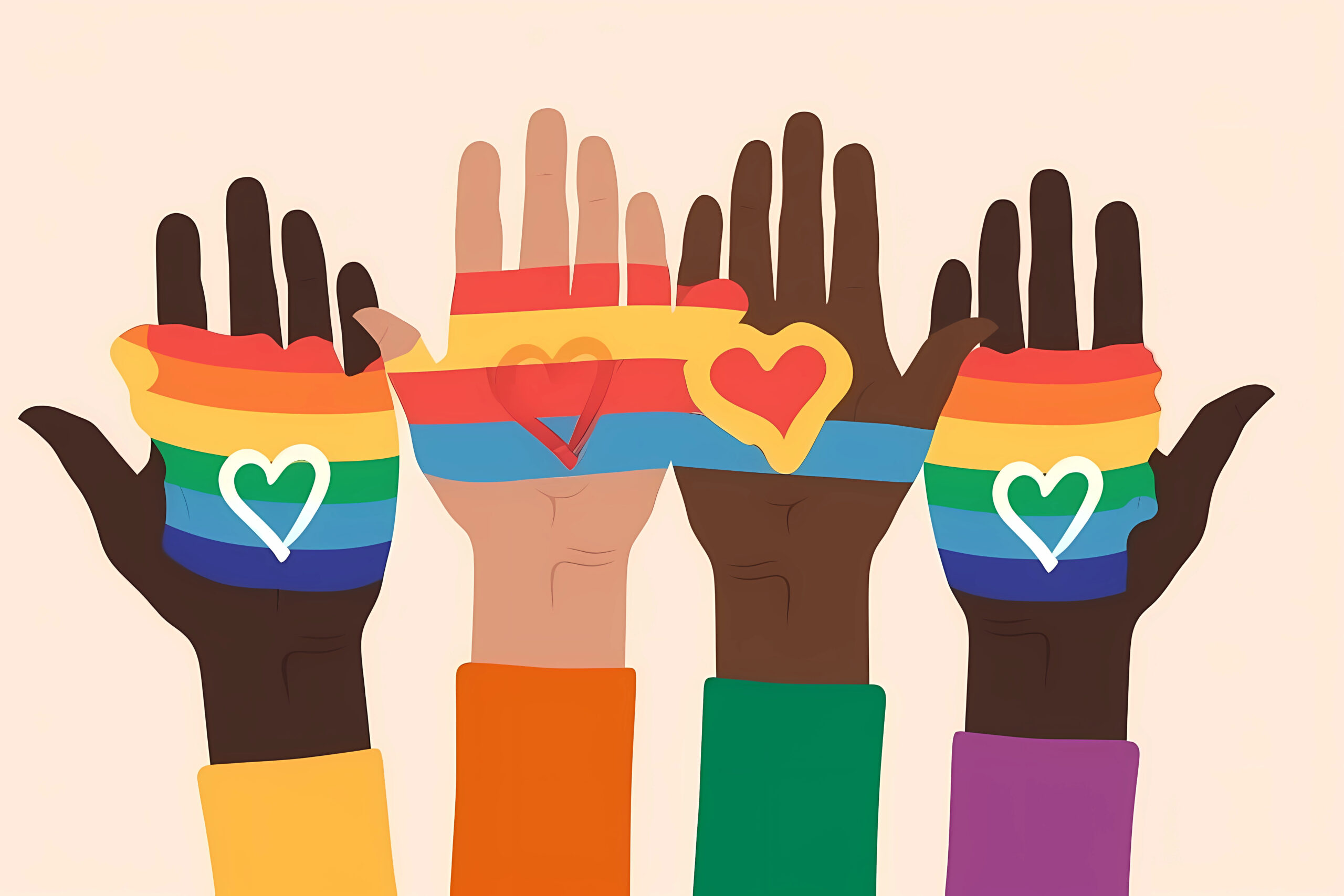The ongoing pandemic, coupled with Americans’ fast-changing attitudes about their life at work, has radically reshaped the labor landscape.
Sluggish demographic growth and a growing legion of burned out workers who are opting out means that the pool of available labor is diminishing. Employees have made such a dramatic beeline for the exit that Texas A&M professor Anthony Klotz coined the term The Great Resignation.
Organizations are struggling to fill roles and retain burned out employees, which means that workers have become increasingly important stakeholders. Employers need to rethink work and management styles, adjust their strategies, and innovate quickly because right now, the odds are not ever-in-their-favor. Job openings are near an all-time high, and with talent pipelines at a slow drip, hiring has become a rough and tumble full contact sport.
But as the game ratchets up into ever-higher gear, one innovative solution is hiding in plain sight: older workers.
Baby boomers may just be the answer to the labor shortage challenge.
When most of us think of freelancers, we envision millennials. While they have embraced the gig economy, they are increasingly working alongside middle-aged and older Americans seeking alternate ways to stay employed past the traditional retirement age.
Workers age 55 or older have been leaving their jobs at higher rates than before the pandemic — the share of older workers who exited increased by 7.6% points during the pandemic — but many are not ready to retire. The Pew Research Center estimates that 20% of the American gig economy — from marketing consultants to Uber drivers — are over 50.
Businesses may pay a high price if they don’t recast their labor market lens. A 2021 report by AARP estimates that excluding older workers could cost the United States economy nearly $4 trillion by 2050. Today’s labor shortage is an opportunity to evolve thinking for individual and collective benefit.
Generational diversity does a company good.
Employers get a lot of proverbial bang for their buck when they create an age-inclusive workplace. A 2013 study of 147 German companies, published in the Journal of Management, found higher profits and growth projections in organizations with a mix of workers of various ages and higher employee productivity and retention rates.
Older workers bring cognitive diversity to their teams, which improves business performance. Mixed-age work teams have higher relative productivity. An AARP study found that age diversity in a group involved in complex decision-making tasks performed better than mono-age teams. And age diversity within an organization can lower employee turnover.
Hiring older workers can both ease the challenge of hiring in this tight labor market and result in greater generational diversity for businesses, bestowing the benefits that diversity in all its guises brings to operations and the bottom line. For this to happen, organizations will need to shift their acquisition strategies to be more all-encompassing and be conscious of moving past implicit age bias that often hampers older workers’ employment searches.
Hiring managers need to remove coded language like “recent college graduate” from job descriptions and dispense with terms like “ninja,” “digital native,” “rock star,” and “guru,” among others. Older workers being tech-illiterate or overqualified are common assumptions that need to be left aside. Instead, talent acquisition teams should focus on the knowledge and expertise that come with experience, which are the main predictors of job performance. Older workers frequently outperform their younger counterparts on many success metrics, like stronger interpersonal skills, less turnover, and less absenteeism.
Say hello to returnships and partnering with organizations dedicated to older adults.
One way to leverage older workers’ skills is to offer “returnships” — full-time paid internships for adults who have been out of the workforce for several years. Returnships help get people back to paid work while giving employers a chance to diversify their workforce to reflect the communities their businesses are serving more accurately.
Another smart way to access job-ready older workers is to partner with organizations that can help recruit talent across age groups. AARP Foundation has several job skills training programs, such as the Digital Skills Ready@50+ initiative, which focuses on training more vulnerable older adults, like women and people of color, in underserved communities. Its goal is to help this demographic group gain the digital skills to succeed in today’s tech-driven workplace. Partnering with organizations like AARP can offer companies a pipeline of older candidates to consider who have the necessary digital skills to be job-ready from the jump.
Bottom Line:
Today’s hiring challenges can become tomorrow’s opportunity — but nothing will change if employers don’t abandon hiring and firing practices that favor the young. To be competitive in this market means companies need to reinvent how they approach diversity, including age in the matrix, and rethink whom they invest in. It’s the dawning of a new day indeed.
About the author
An award-winning creator and digital health, wellness, and lifestyle content strategist—Karina writes, produces, and edits compelling content across multiple platforms—including articles, video, interactive tools, and documentary film. Her work has been featured on MSN Lifestyle, Apartment Therapy, Goop, Psycom, Yahoo News, Pregnancy & Newborn, Eat This Not That, thirdAGE, and Remedy Health Media digital properties and has spanned insight pieces on psychedelic toad medicine to forecasting the future of work to why sustainability needs to become more sustainable.



